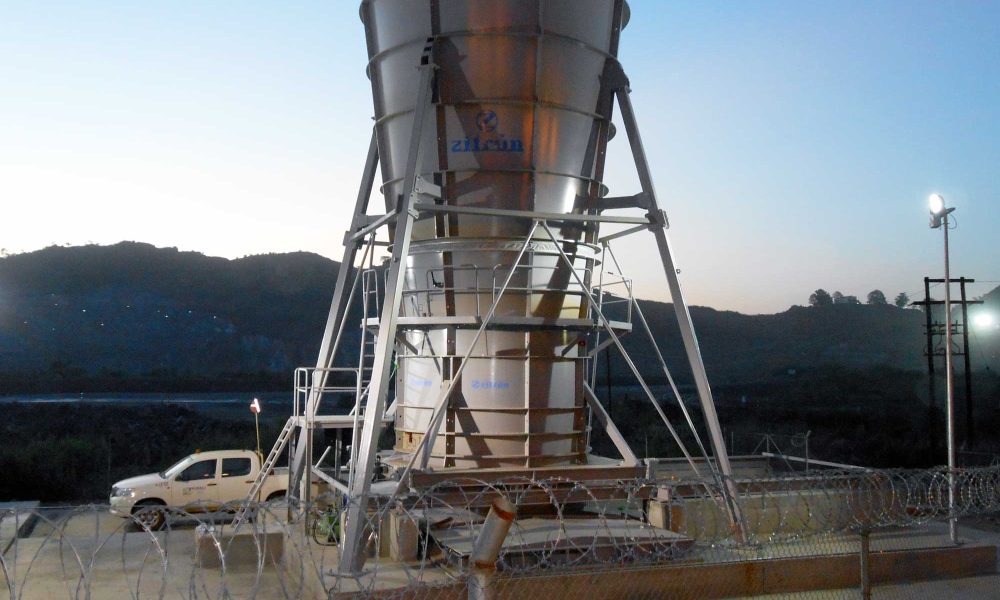Reducing the carbon footprint of primary mine ventilation systems: Recommendations and best practices

Current and future mining needs to implement high efficiency processes and systems that help to improve society’s perception of the industry, and to carry out extractive activity with higher levels of productivity and job security, while protecting the environment and drastically reducing the generation of greenhouse gases.
One of the critical systems in underground operations is ventilation, which is vital to the mining activity inside and inevitably accounts for a significant amount in terms of CAPEX and OPEX, especially the OPEX associated with the electrical consumption of the equipment. The underground ventilation of mines has a direct impact on productivity and profitability. However, the proper design of primary ventilation systems is often not studied in sufficient detail, which underscores the need for a more thorough consideration of multiple aspects.
Components in these systems must be selected in a way that reduces operational costs beyond fan performance, which is a crucial aspect. The assessment of the investment payback period for options with a higher CAPEX is key to determining the feasibility of the optimal solution.
Planning and simulating the ventilation in the mine in the short and medium term are essential to avoid faulty strategies and cost-ineffective investments. By contrast, basing ventilation strategies on long-term planning entails a high risk due to uncertainty and possible external instabilities.
The constant monitoring and improvement of aspects that affect the performance of any ventilation systems in operation must be regarded as investments, since the economic benefits may not always be immediately apparent. Overall, these considerations are essential to ensure the sustained efficiency and profitability of ventilation systems in mining environments.
In conclusion, the energy optimisation of ventilation systems poses a multitude of challenges and opportunities in mining, a field that is increasingly technical and subject to constantly evolving rules and regulations.
Contact our experts to learn more about this issue.
